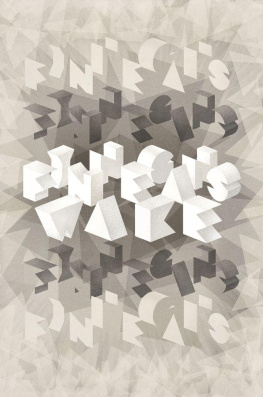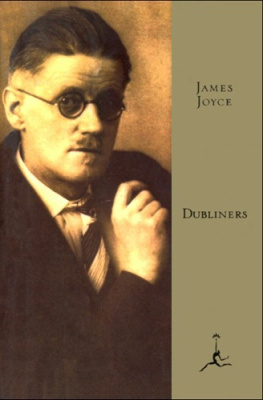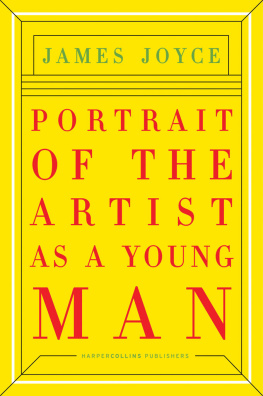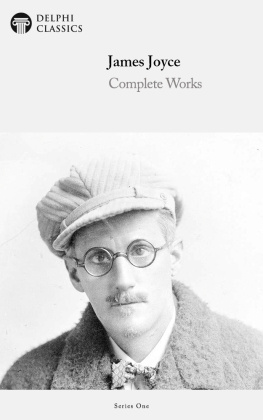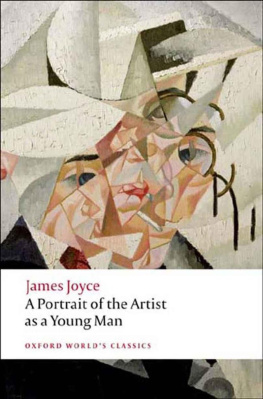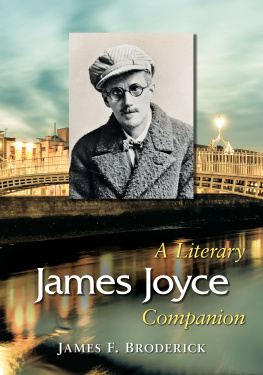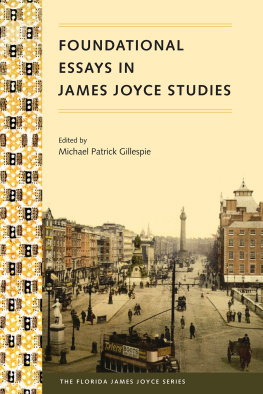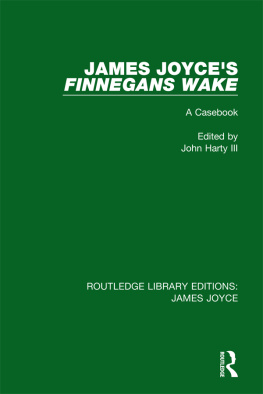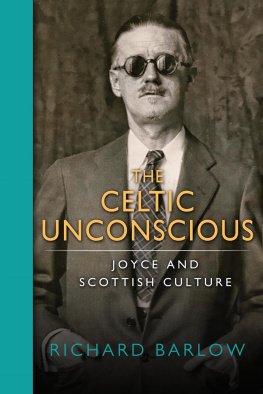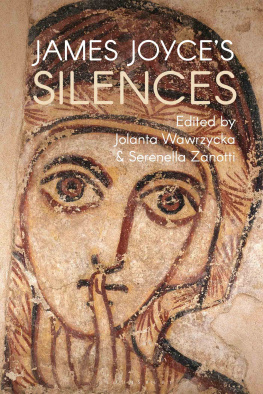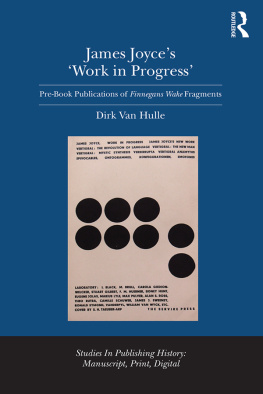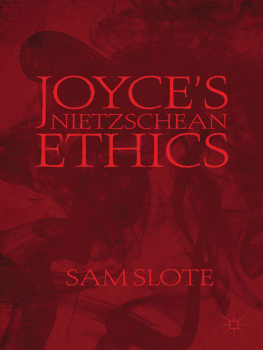
JAMES JOYCE
The Restored Finnegans Wake
Edited and with a Preface and Afterword by
DANIS ROSE and JOHN OHANLON
Note by
SEAMUS DEANE
Appendices by
HANS WALTER GABLER and DAVID GREETHAM
PENGUIN CLASSICS
an imprint of
PENGUIN BOOKS
Contents
Note on the new edition of Finnegans Wake
This should never have happened. It was, from the outset, an impossible task. But here it is. I still find it hard to believe that all the obstacles have been cleared, although I find it easy to believe that I actually dont know the half of it, all the difficulties encountered in research, funding, travelling, overcoming scepticism and hostility and then in finding the resource to sustain a commitment that certainly would have made my heart fail. It is astonishing and pleasing beyond measure to find that we now have a critical edition of Finnegans Wake.
Danis Rose and John OHanlon have achieved what has been for many readers unimaginable. They have given us both the archaeological sedimented layers and the structuring principles of the famous Work in Progess and then, out of that, the clear reading text. We already knew from Danis Roses work on the Notebooks that the scholarship involved was vast and painstaking. We also knew that the text of Finnegans Wake was, in one sense of the word, composed of those notebook materials and yet, in another sense, created out of them. This is a fascinating example of composing and composition, of one becoming the other and yet both remaining distinct. The sheer agglomerative scale of Joyces undertaking and the narrative form in which he rendered it have always provoked, since it first began to appear, a degree of outrage, derision, various denunciations and announcements that the author had finally been inundated by the miscellaneousness that had menaced Ulysses and had surrendered completely to the wild pedantry that had at times made it so funny and monotonous.
There has always been a large majority of readers for whom Finnegans Wake is, as part of its rationale, unreadable; indeed, unreadability has always been part of its attraction, the pseudo-suave explanation for never having read it. That view of, approach to and refusal of the work are all now outdated. The new edition brings Finnegans Wake to its audience again, but this time with the barriers of twentieth-century critical reception (if that is the word) cleared away.
It is a different matter for Joyceans. They have long been acclimatized to this architecture, this Beaubourg of the literary arts, and have also been acclimatized to enduring and representing the ridicule that is generated by the clash between research and creativity that inspires and is parodied by Joyces late work. With this edition that antinomy too begins to crumble. It is not the clash but the intimacy between research and creativity, between information gathering and its mobilization in structural forms, that Finnegans Wake has always asserted. The most recondite and the most proverbial forms of knowledge share a kinship; but to see that kinship materialize in the form of art is a miracle.
This wonderful edition makes the miracle visible to us; it has been waiting to happen for a long time. It is now seventy years since the wait began. A salute to the editors, Danis Rose and John OHanlon, who have ended the wait and given us an opportunity created against incredible odds to break out of our critical slumber and see this masterpiece as it should be seen, clean and radiant again.
S EAMUS D EANE
Preface
James Joyces Finnegans Wake represents the summit of twentieth-century literary production in the English language. This work not least because of its fabled difficulty and the extensive period of its complex composition requires critical editing more than any other modern novel. The available reading text is corrupt and has hardly changed from its original publication in 1939. Furthermore, the book as book has never been typographically reset so that, page by page, its physical appearance has remained static, allowing its familiarity to seep into the very words themselves, diminishing the impact of their radical beauty. The present edition rectifies this by offering a fully restored and emended reading text of Finnegans Wake in a typographical setting that has been thoroughly overhauled and redesigned. It is not a replacement for the 1939 edition for the received version will always retain its historical importance but an alternative to it.
The new reading text is restored in that it seeks to recreate and recover the text precisely as James Joyce wrote it in notebooks, drafts, fair copies, typescripts and proofs over the course of a sixteen-year period. It is emended in that given the long passage of time and the enormous number of documents involved absolute precision in recovery is unattainable; the desired ideal of a definitive edition is practically, if not theoretically, impossible. It can at best be approximated. The gaps in the material evidence can only be filled by what textual scholars term editorial judgment. From time to time an editor must call upon his or her knowledge and experience of the accepted practices of scholarly editing and of the particular author and work at issue in order to evaluate alternative readings that have differing degrees of reliability and probability. For a reading text, that is to say, for a realization of the work as a work of literary art for the general public rather than as a comprehensive analysis of the evidence suitable for scholars, decisions ultimately have to be made.
Such a deep analysis, one that has occupied the editors for more than thirty years, has nevertheless been achieved. The publication of this new reading text is an end-result of that protracted labour. The full analysis will be made available to scholars and to the interested public in the form of an electronic hypertext as soon as circumstances permit. The hypertext is described in greater detail in the afterword that closes this short introductory volume.
The new text differs from the old in about 9000 instances. This sounds grander than it is. Finnegans Wake comprises some 220,000 words, or about six times that number of characters: letters, spaces and punctuation marks. The changes vary from corrections in the spellings of individual words (yes, even in Finnegans Wake such errors occur!) to the restoration of missing conjunctions and marks of punctuation, to the realignments of phrases (when these ended up other than where Joyce intended) and to the repair of inadvertently fragmented sentences. Overwhelmingly, the changes pertain to the syntax (the flow of the words) rather than to the semantics (their individual meanings). Syntactic changes are more important than they might at first seem. Finnegans Wake has often been described as music: as such, it is music of sense as much as it is music of sound, and, like all music, it must flow unhindered to be heard.
Gentle reader, were you to ask How should I read this book? we would answer: passively, like any good book, neither too fast nor too slow. Do not pause because you cannot understand a word or words: you are not expected to understand it all. Imagine yourself a child, leaning over the banisters, listening to the grown-up banter going on below. You are learning a language: a night language. Morning will come and the clouds of unknowing will begin to dissipate.
In an enterprise as ambitious as the preparation of a critical edition of
Next page
